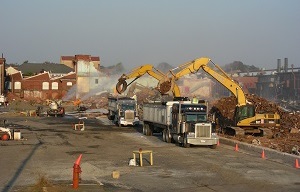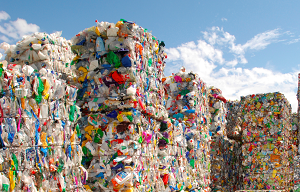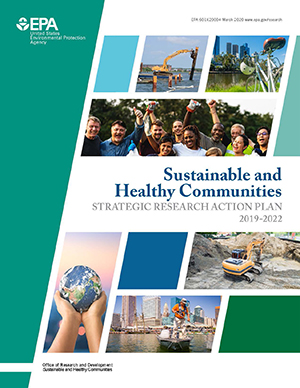About the Sustainable and Healthy Communities Research Program
What We Do
EPA’s Sustainable and Healthy Communities (SHC) Research program, one of six national research programs within EPA’s Office of Research and Development, provides technical solutions, tools, information, and other resources in three topic areas critical to fulfilling the Agency’s mission to protect the environment and safeguard public health:
- Contaminated Sites
- Waste and Materials Management
- Healthy and Resilient Communities
SHC is guided by a Strategic Action Research Plan jointly designed with EPA program and regional office partners and external stakeholders to advance the Agency’s mission to protect human health and the environmental and fulfill its goal of applying research and scientific analysis to inform policy making.
Research Topics
Topic 1. Contaminated Sites: Accelerating Clean-Ups
 SHC research provides the innovative scientific and technical solutions needed to remediate and restore the nation’s most challenging and complex contaminated sites. The impact of that work is accelerating the pace of environmental cleanup, lowering costs, and turning formerly contaminated sites back into community assets.
SHC research provides the innovative scientific and technical solutions needed to remediate and restore the nation’s most challenging and complex contaminated sites. The impact of that work is accelerating the pace of environmental cleanup, lowering costs, and turning formerly contaminated sites back into community assets.
Specific research under this topic includes providing the data and tools to support Agency, state, tribal, and community partner efforts to:
- remediate sites and protect associated communities impacted by high-priority and emerging contaminants such as lead (Pb) and per- and polyfluoroalkyl substances (PFAS)
- clean up contaminated soils and sediments, groundwater, and former mining and mineral processing sites
- characterize solvent vapor intrusion
- address health and environmental risks from leaking underground storage tanks
Topic 2. Waste and Materials Management: Reducing the Burden of Contamination
 SHC’s waste and materials management research is advancing the Agency’s vision for a future paradigm that fundamentally disrupts the creation and flow of waste. At the same time, researchers are working with local communities to to reduce the burden of contamination from the storage and management of waste.
SHC’s waste and materials management research is advancing the Agency’s vision for a future paradigm that fundamentally disrupts the creation and flow of waste. At the same time, researchers are working with local communities to to reduce the burden of contamination from the storage and management of waste.
Research and development under this topic directly support EPA’s Office of Land and Emergency Management and other partners to:
- manage municipal and hazardous waste landfills in ways the reduce public health and environmental risks
- use input-output economic models to conduct life-cycle assessments of waste materials
- turn waste into opportunity by developing techniques and technologies that allow for the beneficial reuse of products and materials traditionally sent to landfills
Topic 3. Healthy and Resilient Communities: Revitalizing Communities from Contamination and Natural Disasters/Extreme Events
 SHC researchers are working to identify and quantify aspects of the natural (ecosystems) and human-dominated (built) environments and how they underpin community health, prosperity, and resiliency. They are developing the knowledge, resources, and tools communities needed to set and achieve environmental restoration goals, incorporate the benefits of local ecosystems into decision-making activities, and ensure that the benefits of environmental protection are shared by all, including the most vulnerable groups and lifestages (e.g., children, older adults, overburdened communities).
SHC researchers are working to identify and quantify aspects of the natural (ecosystems) and human-dominated (built) environments and how they underpin community health, prosperity, and resiliency. They are developing the knowledge, resources, and tools communities needed to set and achieve environmental restoration goals, incorporate the benefits of local ecosystems into decision-making activities, and ensure that the benefits of environmental protection are shared by all, including the most vulnerable groups and lifestages (e.g., children, older adults, overburdened communities).
National Program Director
Michael Slimak, Ph.D.
- Email: Michael Slimak (slimak.michael@epa.gov)
- Phone (919) 541-1406

